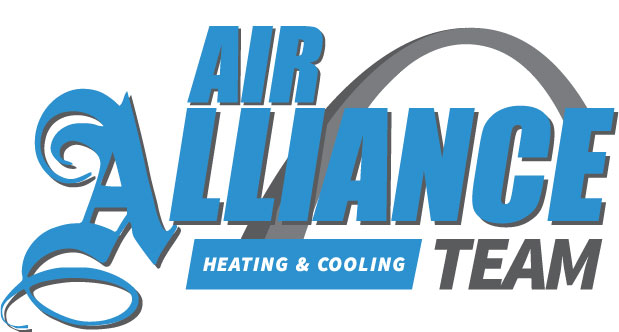
With adequate upkeep, your air conditioner will deliver worry-free performance for years. But, similar to any other thing in your home, it will eventually need to be replaced. Knowing when to get a new one is important to prevent pricey repairs, higher energy bills and interruptions to your comfort.
When it involves being cool and your house’s energy efficiency, our Air Alliance Team pros have your best interests at heart. There’s a lot that goes into determining when your air conditioner needs to be replaced. Here are several points you should consider when you’re thinking about upgrading your 15-year-old air conditioner.
Age
Most of the time, the Department of Energy says many air conditioners run for 15–20 years. If yours is 15 years old, it’s well past the halfway point. It’s recommended to start preparing for air conditioning installation before it wears out so you aren’t roasting while you’re waiting for installation.
Reliability
How dependable is your air conditioner? Does it cool well, even on the warmest days? Or is it frequently malfunctioning? When your air conditioner becomes less reliable it’s time to start considering getting an updated one.
Repair Bills
Over your air conditioner’s life cycle, it’s expected for it to need a handful of little repairs. But if your air conditioner repair cost is more than half the expenses of a new air conditioner, it’s smarter to just install a new one.
Energy Efficiency
Every air conditioner has a SEER rating, which ranks how well it consumes electricity to make cold air. If your air conditioner was installed in 2006, it will be at minimum 13 SEER to meet federal rules. However, your air conditioner becomes inefficient as it wears out.
Today, 15–18 SEER is a popular range, but efficiency can go as high as the mid-20s. Air conditioners with bigger SEER ratings are often costlier but may pay for themselves over time through increased energy savings. And installing an energy-efficient air conditioner, especially one that’s an ENERGY STAR® air conditioner, can make you eligible for additional rebates.
Comfort
Are you cool when your air conditioner is on? Or are you continuously dialing down the temperature to keep cool? An aging air conditioner might struggle to keep your home comfy due to reduced efficiency. A modern air conditioner, particularly a variable-speed air conditioner, can lower high humidity and hot and cold spots. Instead of cooling at full speed constantly, these air conditioners run at multiple speeds to adapt your comfort.
Noise
Your air conditioner should deliver cooling you can feel, not hear. If noise is a concern, check with us about upgrading to a variable-speed air conditioner. The majority of these air conditioners run at a sound level that’s comparable to a regular conversation.
Smart Thermostat Compatibility
Installing a smart thermostat is a wise method to maximize your energy efficiency, with very little effort required from you. And, depending on the rebates provided by your utility company, you might be able to get a free smart thermostat or get one for not much. The majority of these thermostats can adjust to your temperature preferences and then make an energy-efficient schedule to match. They also know when you’re at home or out and about and alter temperatures as necessary.
If you rely on an outdated air conditioner, a smart thermostat might not work with it. Getting a new air conditioner is a surefire method to ensure smart thermostat compatibility.
Refrigerant Type
If your air conditioner was installed before 2010, it potentially runs on Freon®. Also called R-22 refrigerant, Freon is no longer being manufactured because of its bad effects on the ozone layer. You can see if your air conditioner uses R-22 by checking the sticker on the outside unit, which will show the refrigerant style.
If your air conditioner is operating fine, you can keep on using it. However, if it ever experiences a refrigerant leak, fixing the problem will be costly. That’s because Freon is only available in decreased, recycled amounts.
Newer air conditioners have Puron®, or R-410A. But you can’t just use Puron in a Freon air conditioner, because pressure requirements are different.
Our Professionals Make Air Conditioning Installation Stress-Free
If you’re still deciding whether you should replace your 15-year-old air conditioner soon, think over this. The Department of Energy says doing air conditioning replacement for a 10-year-old model can provide 25–40% in energy savings! And those savings can really build up as time passes.
We are aware that air conditioner cost is your first question. That’s why collaborating with Air Alliance Team for air conditioning installation in Ballwin and St. Charles and surrounding areas is stress-free and affordable. Our pros will help you select the right solution for your needs and then discuss all the possibilities. These include special offers to help you save more and financing for qualified customers to make your new air conditioner accommodate your budget.
Get in touch with us at 636-206-4584 to request your free, no-pressure estimate now!
